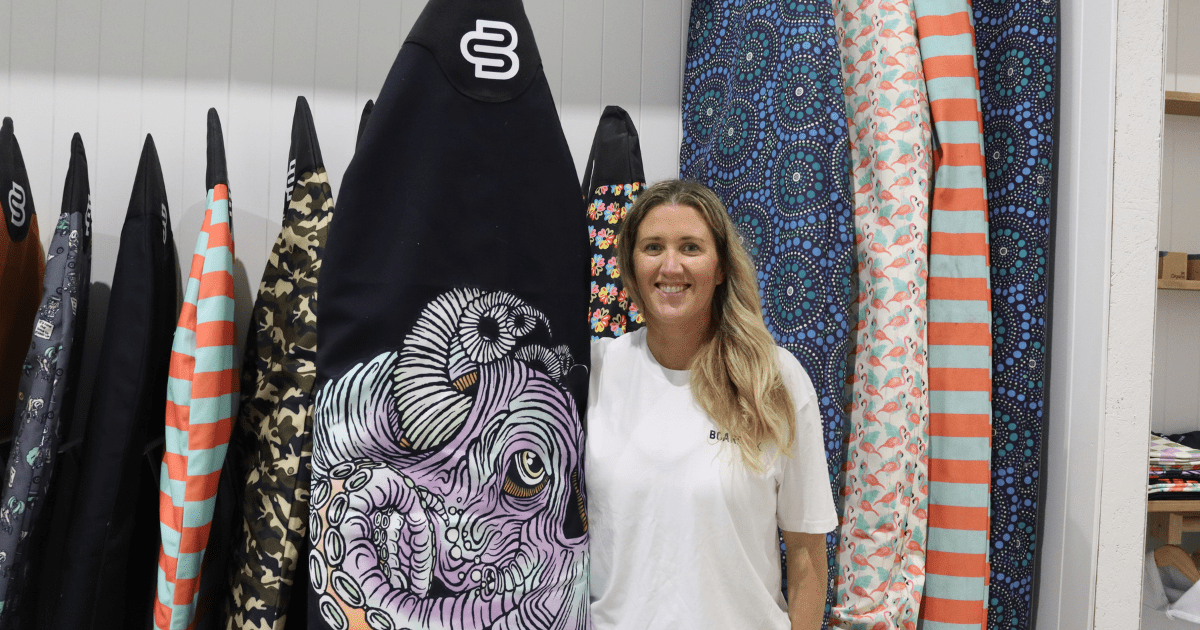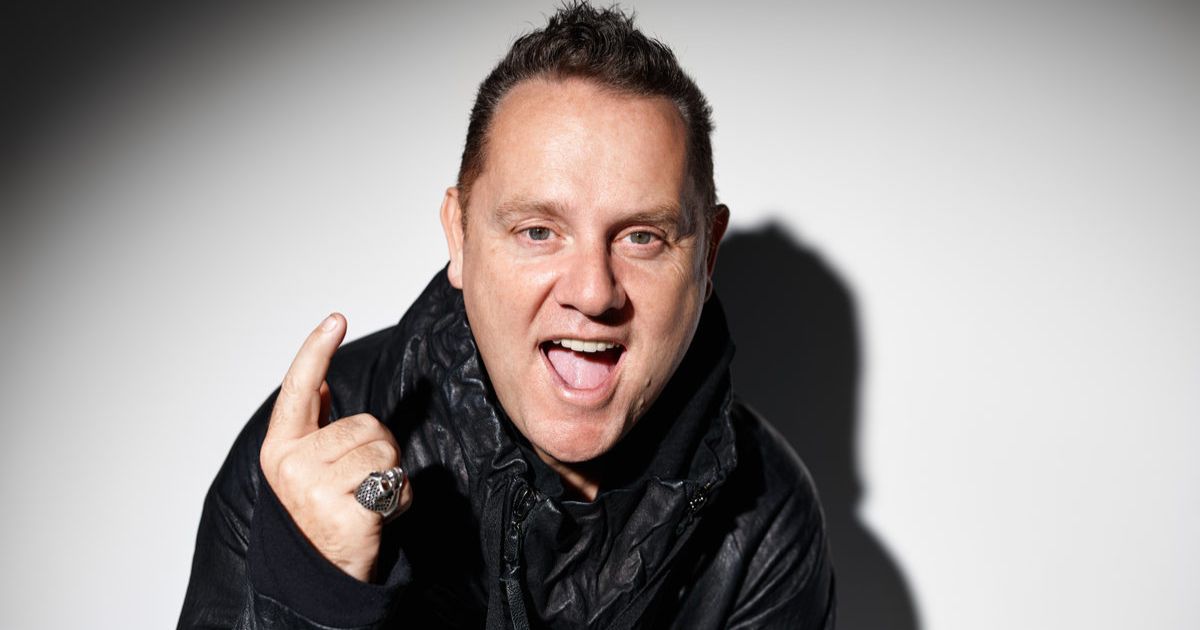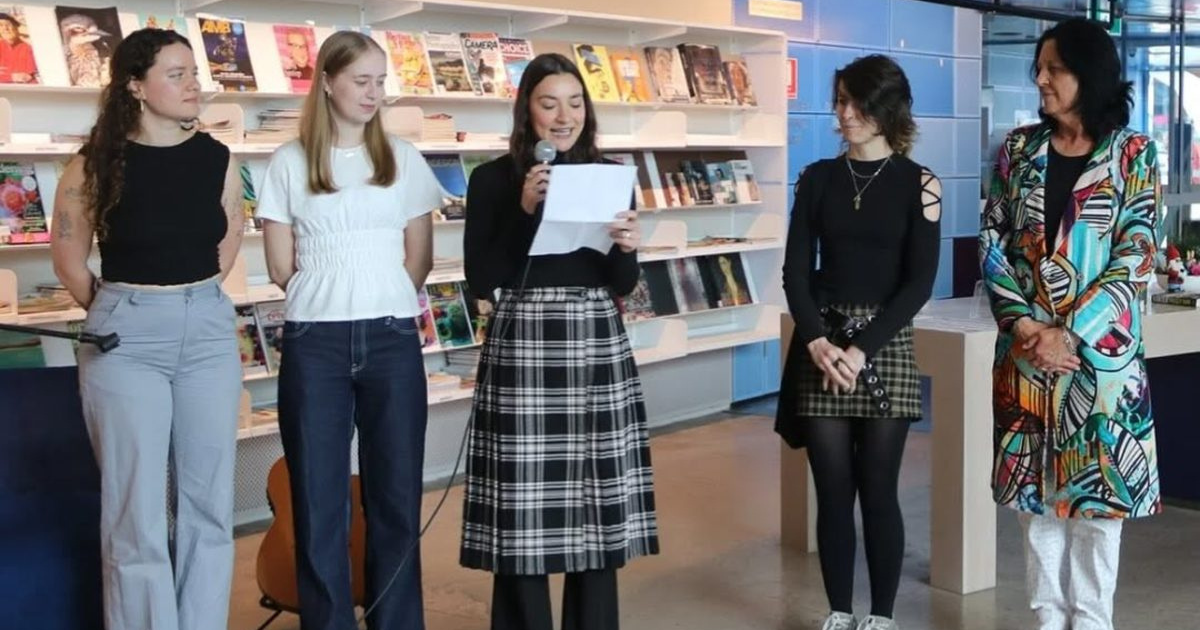Slip, slop, slap: Australians not doing enoughto protect against skin cancer

The Cancer Council is urging the community to use all five forms of sun protection this spring and summer by slipping on protective clothing, slopping on broad-spectrum, water-resistant SPF 50 or SPF 50+ sunscreen, slapping on a broad-brimmed hat, seeking shade and sliding on sunglasses. Photo: SUPPLIED
With spring upon us and summer fast approaching, the Cancer Council is reminding the community to protect themselves when the ultraviolet (UV) radiation index is three or above.
The organisation recommends people use all five forms of sun protection to help protect themselves from skin cancer by slipping on protective clothing, slopping on broad-spectrum, water-resistant SPF 50 or SPF 50+ sunscreen, slapping on a broad-brimmed hat, seeking shade and sliding on sunglasses.
It follows the release of new data earlier this month which revealed only half of Australians aged 15 and above are using three or more forms of sun protection when exposed to the sun during peak times.
The survey, funded by the Cancer Councils of Australia and conducted by the Australian Bureau of Statistics, examined the sun protective behaviours of more than 8,500 people between November 2023 and February 2024.
It found that just two in five Australians used sunscreen on most days during late spring and summer, when daily sunscreen use is recommended.
Men were approximately 50 per cent less likely than women to use sunscreen regularly, despite being more likely to be outside during peak UV times than women.
Professor Anne Cust, chair of Cancer Council’s national skin cancer committee, said this new data reinforces Australians are not doing enough to protect themselves in summer.
“It’s encouraging to see half of Australians are using three or more forms of sun protection. However, the research indicates that many Australians still aren’t being safe in the sun when they’re out and about,” she said.
“We want people to make sun protection a part of their daily routine, so that they’re protected from incidental sun exposure.”
Australia has the highest rate of skin cancer in the world, with an estimated 19,000 people diagnosed each year with melanoma.
“Overexposure to UV radiation from the sun is the greatest risk factor for skin cancer and we know that sun exposure and skin damage is cumulative, leading to a higher risk of skin cancer later in life,” Professor Cust said.
However, it’s never too late to prevent further damage.
“That’s why we need to remind all Australians of the simple steps they can take to reduce their skin cancer risk every day.”
Young Australians between the ages of 15 and 24 appear to be the most at risk of overexposure to UV radiation, with the survey finding individuals in the cohort were the least likely to use adequate sun protection when outdoors during peak UV times.
More than 20 per cent of young Australians also reported trying to get a suntan in the last year, with young women almost twice as likely than young men to report doing so.
Director of the World Health Organisation Collaborate Centre for UV Radiation from Cancer Council Victoria, Adjunct Associate Professor Craig Sinclair, said the data shows that it’s important all Australians, particularly young people, incorporate sun protective measures into their routines to reduce their risk of developing skin cancer.
“Just 15 minutes of UV exposure can cause skin damage such as a suntan, increasing your risk of skin cancer later in life. That’s why the younger Australians need to protect themselves now to prevent skin cancer in the future.”
“If we can encourage daily sun protection habits with young Australians, it will greatly reduce the impact of skin cancer for future generations.”

















